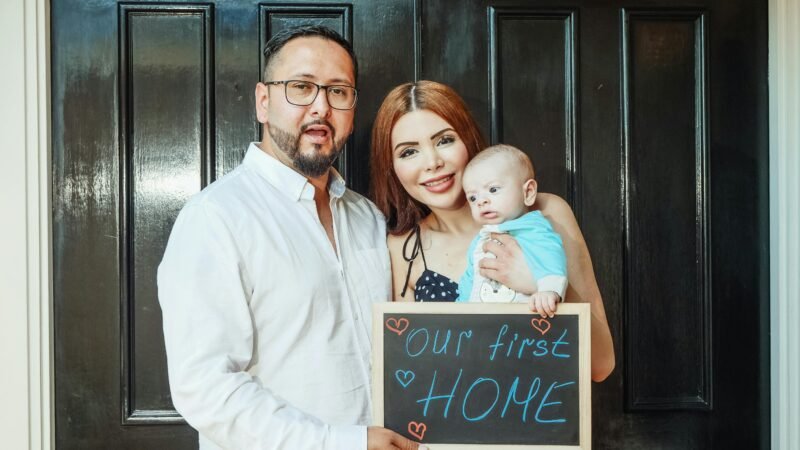Do You Understand Gap Insurance?
When you buy or lease a new car, the finance manager at the dealership may ask you if you want to purchase gap insurance. If he or she doesn’t offer gap insurance, you may be able to purchase it directly through your insurance company as a rider on your policy. But what is gap insurance and who needs it?
We’ve all heard of depreciation; when you drive a new car off of the lot, the value of your car instantly drops thousands of dollars. If, on your way home, you total your new, $25,000 vehicle, your insurance company may “total” it out, paying its value, but not what you owe. If your car is valued at $18,000, that is the amount you can expect the insurance company to pay your financier.
If you’ve added up the numbers in your mind quickly, you see that there is a $7,000 difference, or gap, between what you paid for your car and what it is valued at. Because you financed $25,000, you will owe that difference to your financier and this is when gap insurance is used.
Car gap insurance will cover the difference between your car’s worth and the amount still due on your loan or lease, should you be involved in an accident and your car is totaled. Does everyone need gap insurance? The answer is no. But, for many people, car gap insurance is exactly what they need.
Who needs gap insurance?
– Anyone who leases a vehicle.
– Anyone who finances a vehicle for more than five years.
– Anyone who has put less than 20 percent down.
– Anyone who has included negative equity from a trade-in into their new finance package.
– Anyone who drives more than 15,000 on a yearly basis.
– Anyone who has purchased a vehicle with a notoriously high rate of depreciation.
What do you need to be aware of?
There are things that you should keep in mind when purchasing gap insurance:
– It can often be purchased more cheaply from your insurance provider. Don’t be pressured into buying it from your dealership.
– If you fail to carry collision and comprehensive coverage, your gap insurance policy may or may not be honored, at the discretion of your insurance provider.
– Don’t stop making payments on your car, even if it is totaled. Read the fine print: you may be required to continue making payments on your loan or lease until the gap coverage has been paid.
If you put a significant down payment towards your new car purchase, have bought a used car or have the money to make up the difference between your car’s value and its purchase price, you don’t need gap insurance. However, for the $20 or $30 that the insurance adds to your policy, purchasing the insurance just makes good sense. Remember, you can always drop it if you decide you don’t need it.





its a nice post
thank you so much !